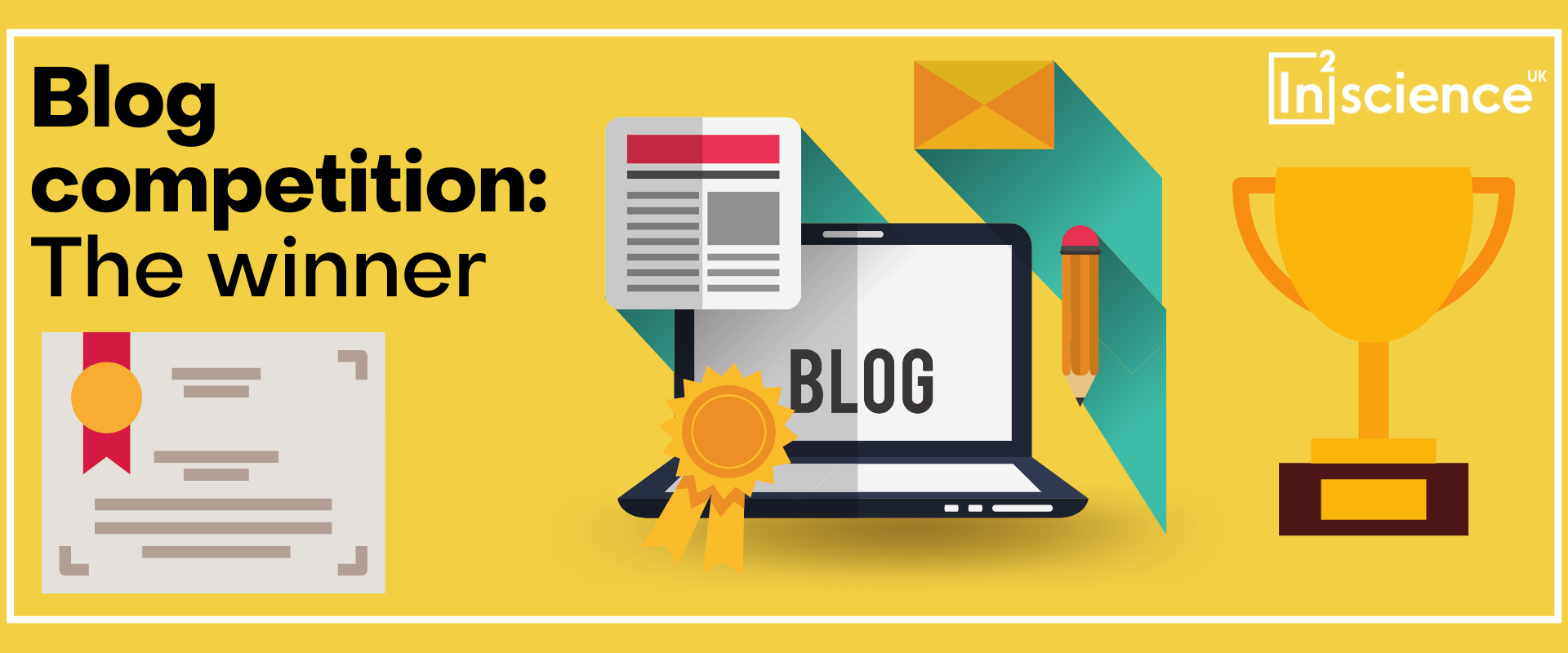It is time to announce, and showcase, the winner of the 2021 In2scienceUK Programme Blog competition. This years’ theme was So What? How Our Research Makes a Difference. Yesterday we announced the two runner ups. It was a difficult decision as all three wrote remarkable entries offering different views on research and its importance. Now it is time to announce this year’s winner of the blog competition. And the winner is… Aliza Hussain! Congratulations, you will receive £100 in Amazon vouchers!
Meet my mentor! by Aliza Hussain
Jennifer Linden is a Professor of Neuroscience at the UCL Ear Institute where she runs an interdisciplinary lab. After training in biology she completed a PhD in computational neuroscience and now runs neurobiology and psychology experiments alongside mathematical simulations of brain auditory functions. Her role in the Faculty of Brain Sciences is extremely valuable as she continues to work on important research geared towards understanding the cortical processing of complex sounds, including speech.
She has recently been conducting research into the inner ear and it’s potential for repair and regeneration. Within our mentoring sessions she gave advice as to how to avoid hearing loss and the top causes for inner ear damage, namely listening to loud sounds through headphones for prolonged periods of time. Hearing loss is irreversible, once the cochlear hair cells are damaged in humans they cannot regenerate, however scientists at the Ear Institute alongside Jennifer have discovered that hair cells in the inner ear of birds can regenerate in a matter of weeks and are conducting ground-breaking research to investigate the properties of these cells and how they can be compared to humans.
These studies are incredibly valuable as they allow us to understand the genetic bases of human deafness allowing scientists to design ways to detect genetic vulnerability to noise-induced or age-related deafness. This is incredible for the clinical population who have never before been able to detect hearing loss until it has been irreversible, giving families a chance for new and improved treatments.
Alongside her paramount research, Jennifer was extremely helpful in her mentoring sessions. She gave us a virtual tour of the institute, showing us the anechoic chambers and studio foam which ensured the rooms remained soundproof, answering every question along the way. This gave me an insight on the different specialities in science and how biological and computational fields are closely related. I learnt how crossing the boundaries of individual research and ensuring the labs are interdisciplinary can result in innovative studies being produced and humanities questions being answered.
In order to better understand her research try this short experiment. Pick up a battery and a pen lid and drop them one after each other. Ask a friend to guess which one you dropped first and which one you dropped second without looking. Did they guess right? Isn’t it amazing how the human mind can tell exactly which item fell just by sound. It seems simple but Jennifer and her colleagues continue to answer the whys and the hows through clinical investigations, mice models and mathematical simulations, coming closer to solving global problems every day.
Through understanding the roles of the auditory context, the public can gain the benefits of preventing hearing loss in the first place alongside treating it, allowing people to listen and talk with confidence. There is nothing but praise and respect to Jennifer Linden and her colleagues for their extraordinary research.
